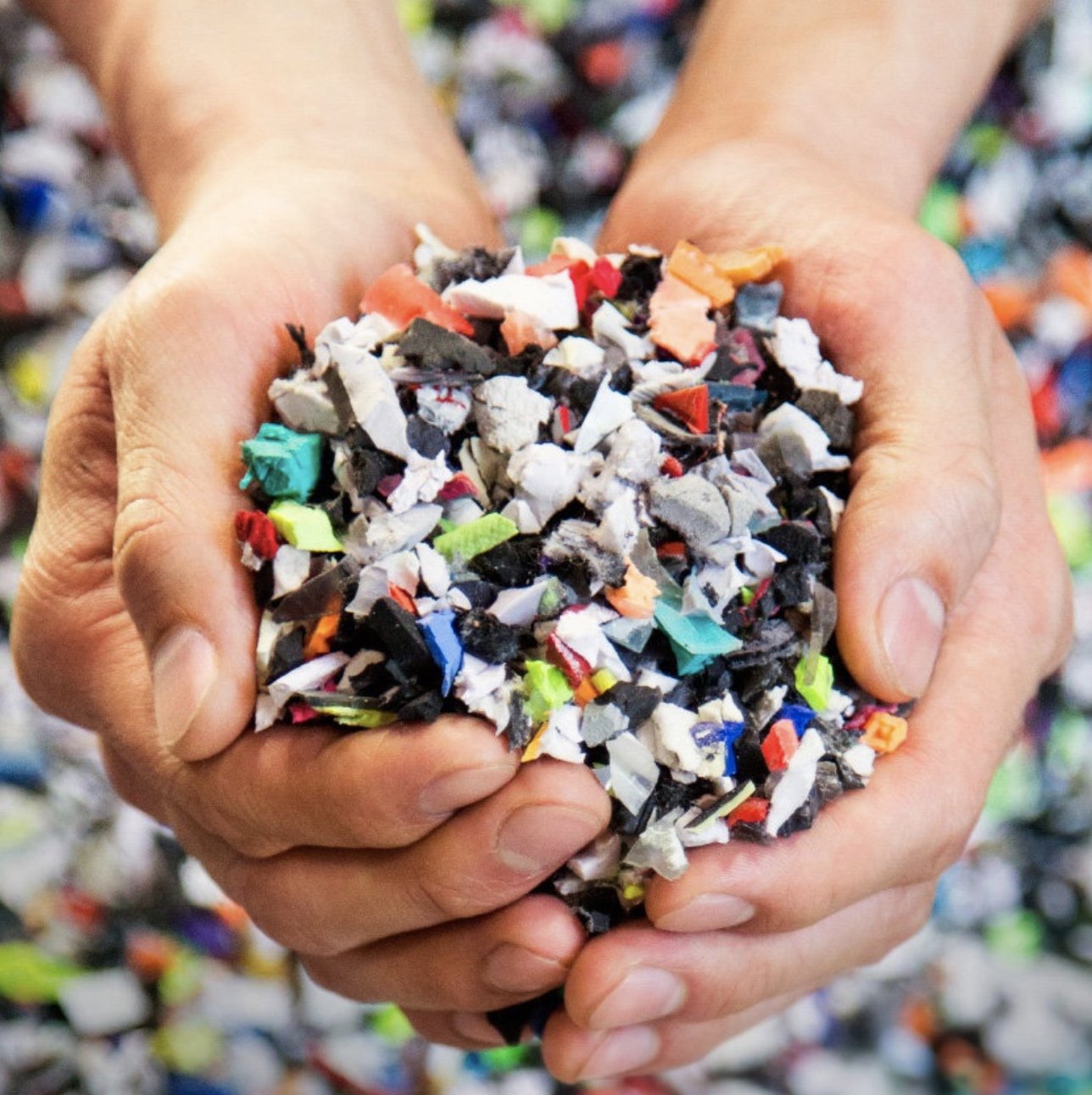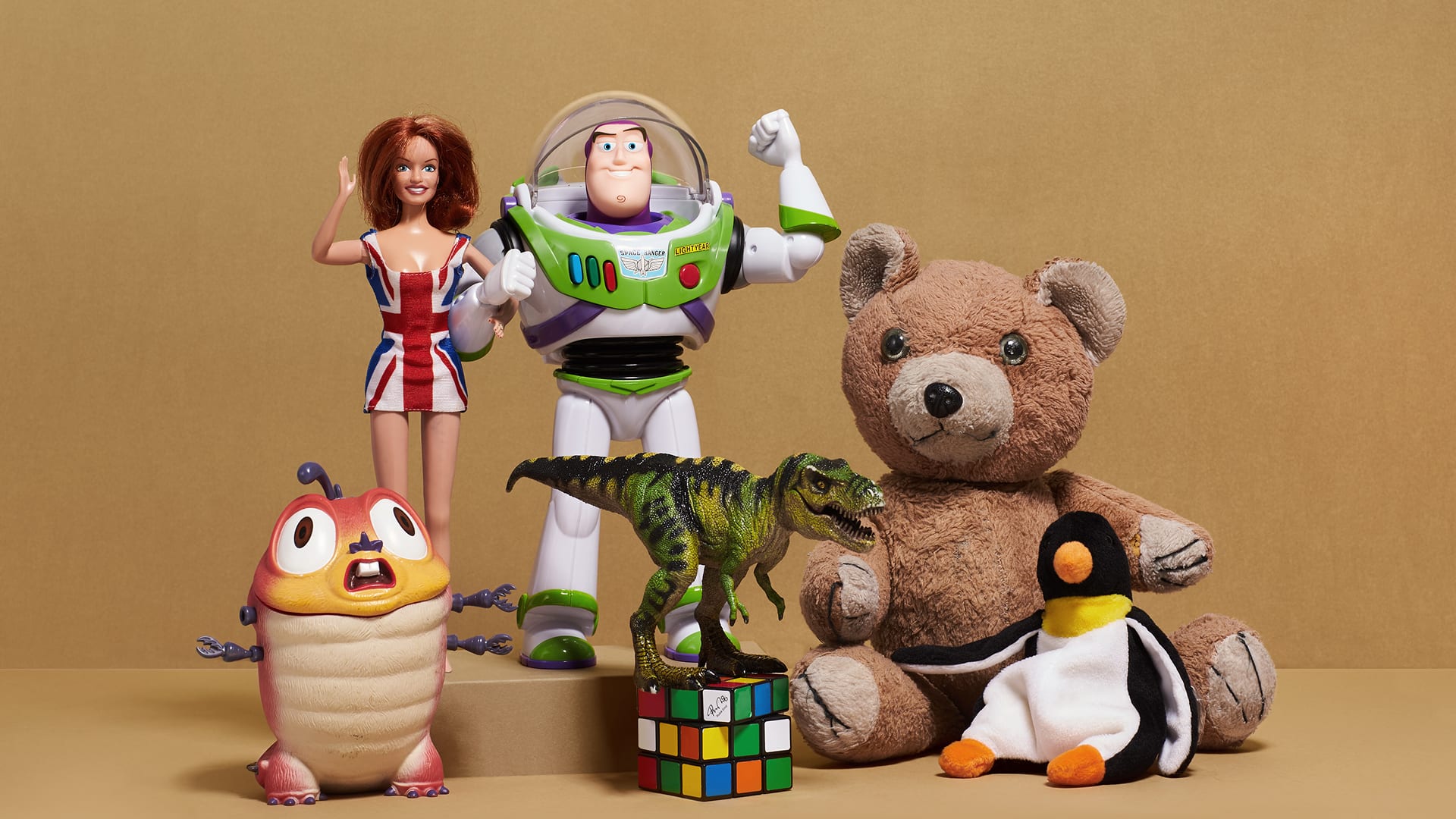Insights
COP26 and Conscious Choices
Charlotte Dawson
09/11/21
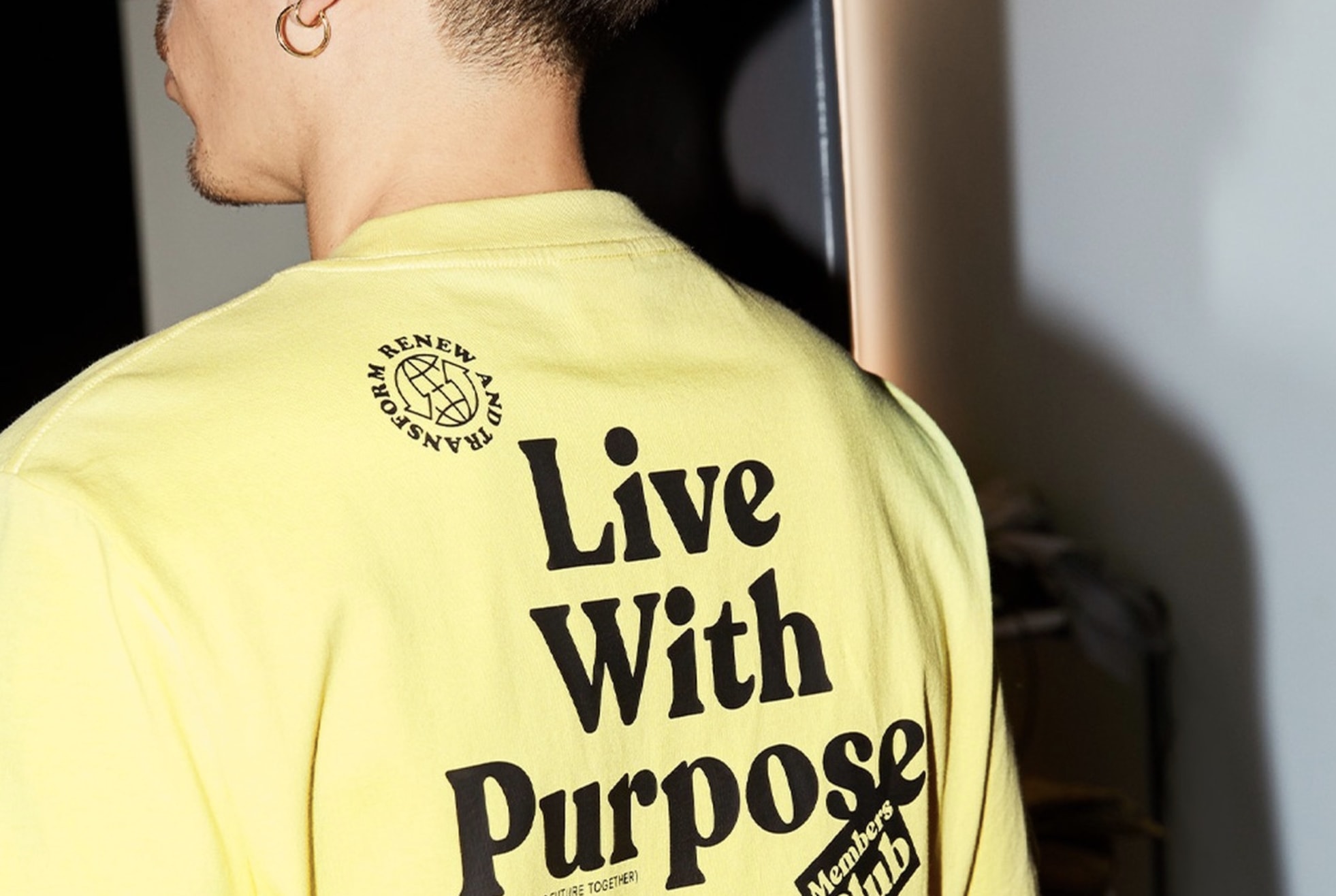
With world leaders convening for COP26, the last few weeks and the key discussions being had are integral to our future.
We have been super inspired both by Sir David Attenborough and the news coming out of the COP26 meetings. We hope that COP26 inspires genuine positive change and offers opportunity for meaningful business opportunities – changes which will help us to all change for the better.
But how can we, as brands and businesses, start to make a change?
Help consumers make better, more conscious choices
Consumers are eager to put their purchasing power into efforts that are going one step further to actually repair and restore. Brands need to consider how they can help consumers to rehabilitate the planet one purchase at a time and help customers to make more conscious choices. Start by creating products and moments which help to take the edge off climate change of help consumers to make better decisions.
See Volkswagen for example who, when promoting their new electric car, opted for a climate-friendly web page.
-png.png)
Individuals visiting the webpage can choose between the typical website experience and a less data-heavy interface. Whilst sustainability is a growing concern amongst us all, a considerable number are still confused or anxious about the best way to engage. But we, as brands and businesses can help customers ease into more eco-friendly attitudes.
Enable people and communities to work together for a better future
Today’s communities and city dwellers are looking to be closer to nature when it comes to their surroundings. They are looking to those who implement nature into every element.
Ikea are a great example of a brand who are sharing their eco expertise with the wider community, their recent ‘House of Tomorrow’ store in Poland aims to show consumers the possibilities for eco-friendly interiors.
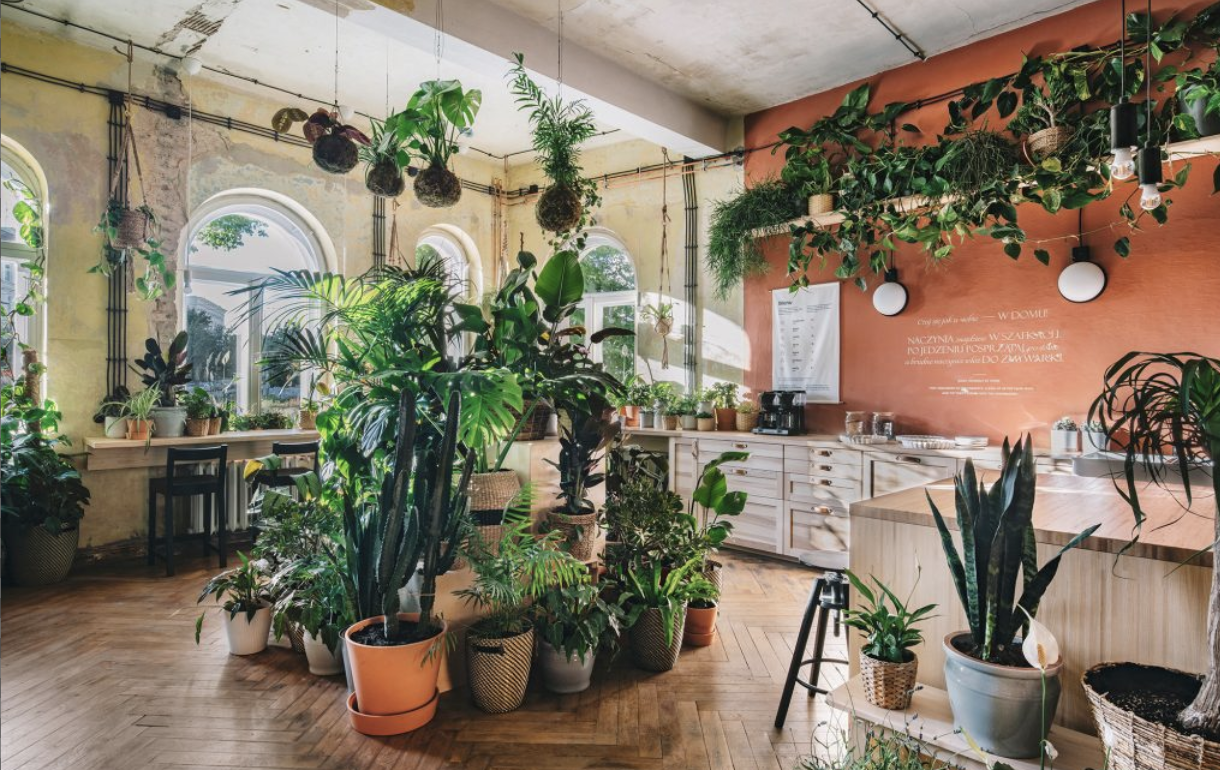
The store includes a relaxation area with light therapy and a ‘house farm’ with a vegetable and mushroom garden using hydroponics and soil agriculture to demonstrate growing food in an urban setting, and a kitchen where plant-based dishes are concocted during workshops, in which local people are invited to participate, or for take-out dining.
-png.png)
In another space, people can learn how to repair or modify household items, reducing excess waste. Amplifying a social agenda, locals are also invited to attend forums with city officials and waste specialists with the aim of co-authoring better waste-management schemes, the results of which will be published in an open-source report.
Encourage bold action
Some brands are making bold changes in completely new sectors, all with the aim of stopping any further damage. Nike, for example have taken on a huge undertaking with Move to Zero, the brands clear planet-saving mission.
The commitment, which is felt across all areas of the business includes switching to 100 per cent renewable energy by 2025.
The brand has also made promises to overhaul manufacturing processes, fabric production and reduce the size of its cardboard boxes significantly, which reduces the need for tissue paper and excess wrapping to fill out the box.
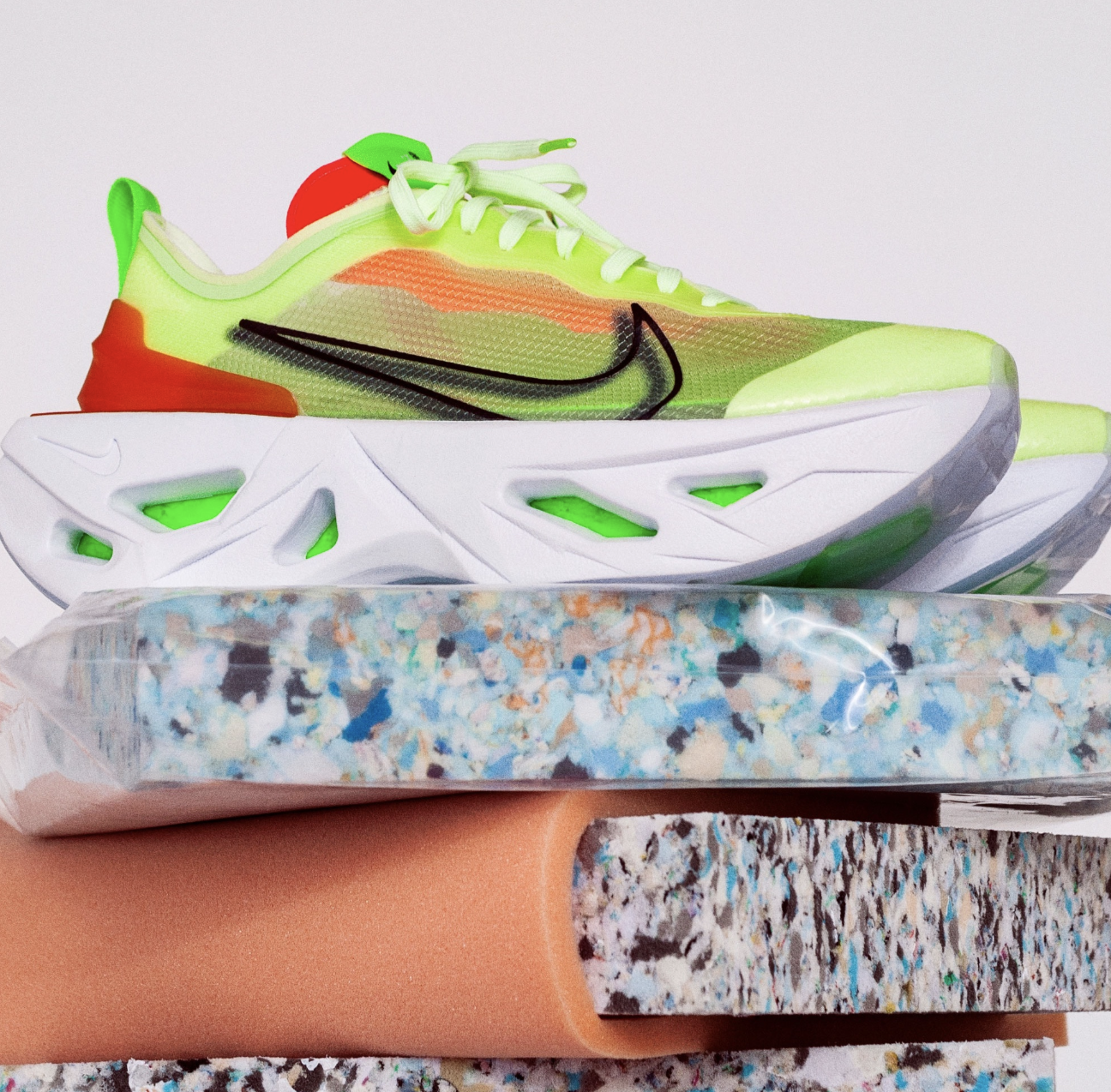
By the end of 2021, Nike will completely eradicate single-use plastic bags in all its stores. Third-party carbon offsetting programmes, where Nike will pay for the planting of trees, will also help to reduce overall emissions.
These huge efforts from Nike show how businesses can lead the change. Consumers are looking more and more to brands to implement the changes in society that they would like to see, and Nike are a great example of a company living by their values.
